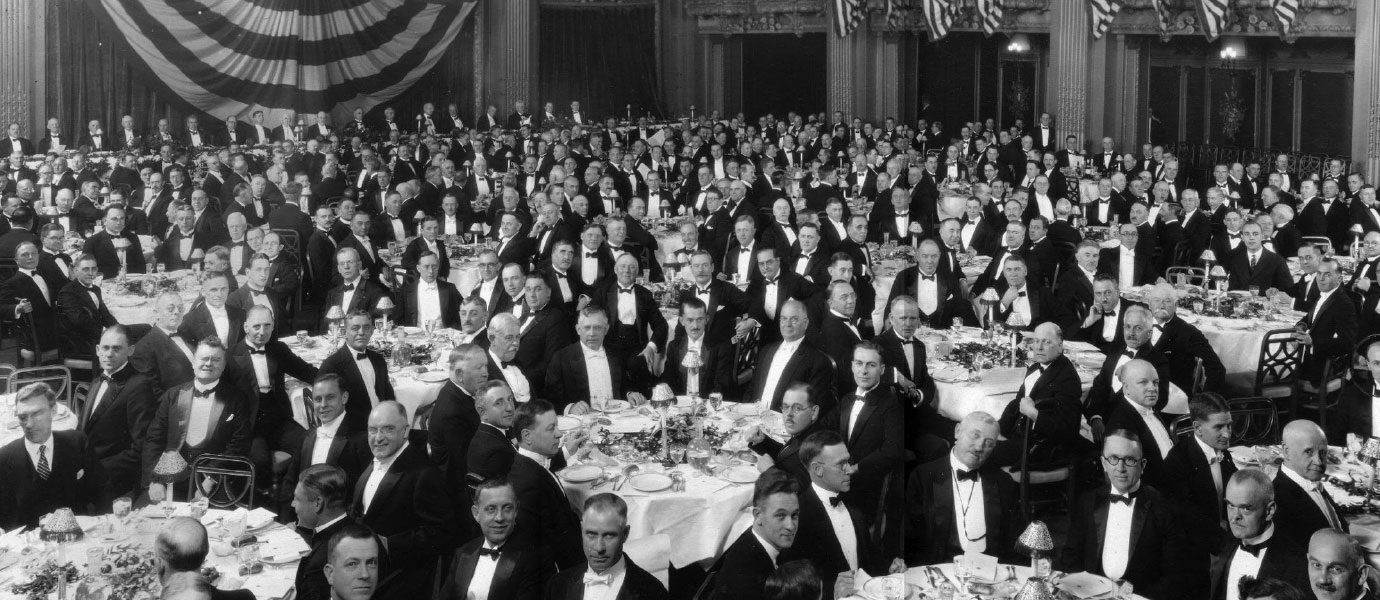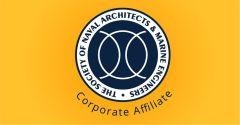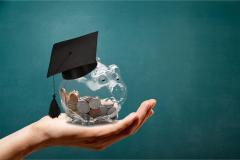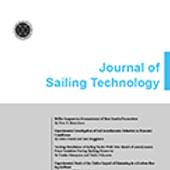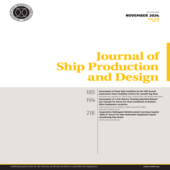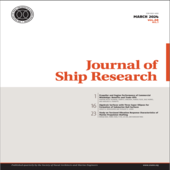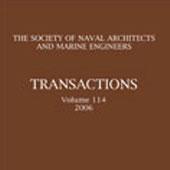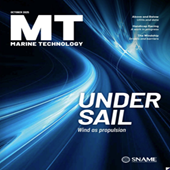Technical and research (T&R) | Bulletins and reports
A study is made of the optimum characteristics of a short-crested tank facility for model experiments of ship behavior. The general arrangement of the tank is considered and the wave-making system and data analysis procedure are discussed in some detail. Lesser mention is made of the towing carriage, transducers, beach, and recorders. Optimization of the facility as a complete entity is considered from the point of view of compromising between realistic simulation and realistic cost.
Examination of the feasibility of measuring deviation in strain distribution from that predicted by simple beam theory in flange plating of a ship hull is performed on a modern sea-going bulk ore carrier. Bending moments resulting either from adding loads or from shifting loads are investigated. The corresponding primary stress distribution in the envelope plating is predicted by Schade's method. Remarkable and readily measurable strain deviation in the bottom plating is found in several cases.
The objective of this model test program is to obtain hull resistance in smooth water and in irregular head seas of moderate height through towing tests of models of:
a. Original cargo ship CHALLENGER
b. CHALLENGER with 7.7% bulb added
c. Townsend Series with the same proportions as (a)
d. Townsend Series with 7.7% bulb added
e. Townsend Series with new forebody Incorporating 3.5% bulb.
A method is presented for a more rational determination of service margins for ships. Sources of data and methods are given and areas requiring further research are described. The basic philosophy is the division of the service margin into two parts, a speed margin and a power margin, representing the environmental effects and the deteriorative effects.
Panel H-12 (Planing Boats) of The Society of Naval Architects and Marine Engineers Technical and Research program, in compliance with the Society's charter to place on record the results of research, experience, and information relative to original ship design, reviewed the following report of work sponsored by the Collins Radio Company on stepped hull planing boats. This report is unusual in that it represents privately sponsored scientific controlled experimentation with small craft involving three different hull designs. It is the hope of the Panel that this report will stimulate further effort of this type to the benefit of the small boat industry.
Panel H-13 (Sailing Yachts) of The Society of Naval Architects and Marine Engineers Technical and Research Program sponsored the preparation of this report, which consists primarily of tables of sail force coefficients for systematic variations in sailing yacht rig geometry. These coefficients were determined by a computer program written in accordance with a mathematical model developed by the author and reported in the 1968 Transactions of the Society.
The work reported herein was first proposed to Panel H-7 (Seakeeping) of The Society of Naval Architects and Marine Engineers (SNAME) Technical and Research Program by Webb Institute in 1962 as a study to determine the causes and extent of voluntary slowdowns of dry cargo ships. A SNAME purchase order in 1964 initiated the actual study, ship logbooks were obtained and a small sampling was analyzed.
The work reported herein was initiated at the request of Panel HS-2 (Slamming) of The Society's Technical and Research Program to determine whether. or not impact pressures generated on barge bows, while operating in waves, could be estimated in the same manner as that proposed by Dr. M.K. Ochi for typical ship forebody forms. The incentive for conducting the investigation was provided by the growing importance of offshore barge transportation services and the increasing cost of repairing structural damages caused by barge slamming in rough seas.
To obtain a factual database for aid in accessing the need for additional deep ocean simulation facilities, the National Council on Marine Resources and Engineering Development sponsored a survey of pressure test facilities in the United States, the utilization of these facilities in the recent past, the expected use of these facilities in the near future, and sundry other related data. One of the findings of that survey (which the author led) was that there is a need in the ocean community for publication of an inventory of facilities. This report, an excerpt from the aforementioned survey, fills that need.
This report has been compiled in response to an indicated need for a compilation of technical references on Ferro-cement and concrete as a construction and fabrication material for boats, barges, vehicles, and other structures that operate in the marine environment. Some 270 individual reports, papers, articles, and hard-bound books are to be found in this listing. They have been identified and selected by the members of the Task Group HS-6-4 (Ferro-cement) of The Society of Naval Architects and Marine Engineers Technical and Research Program as being articles of technical interest, with selected articles of historical interest included as well. As much as possible, popular articles without apparent technical merit have not been included.
